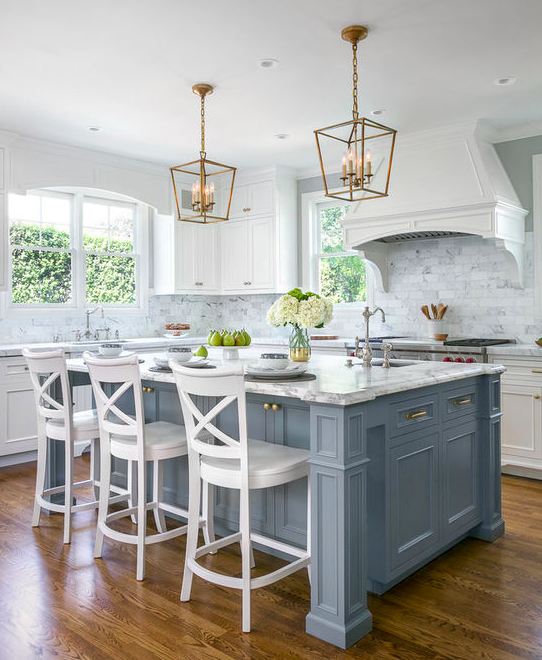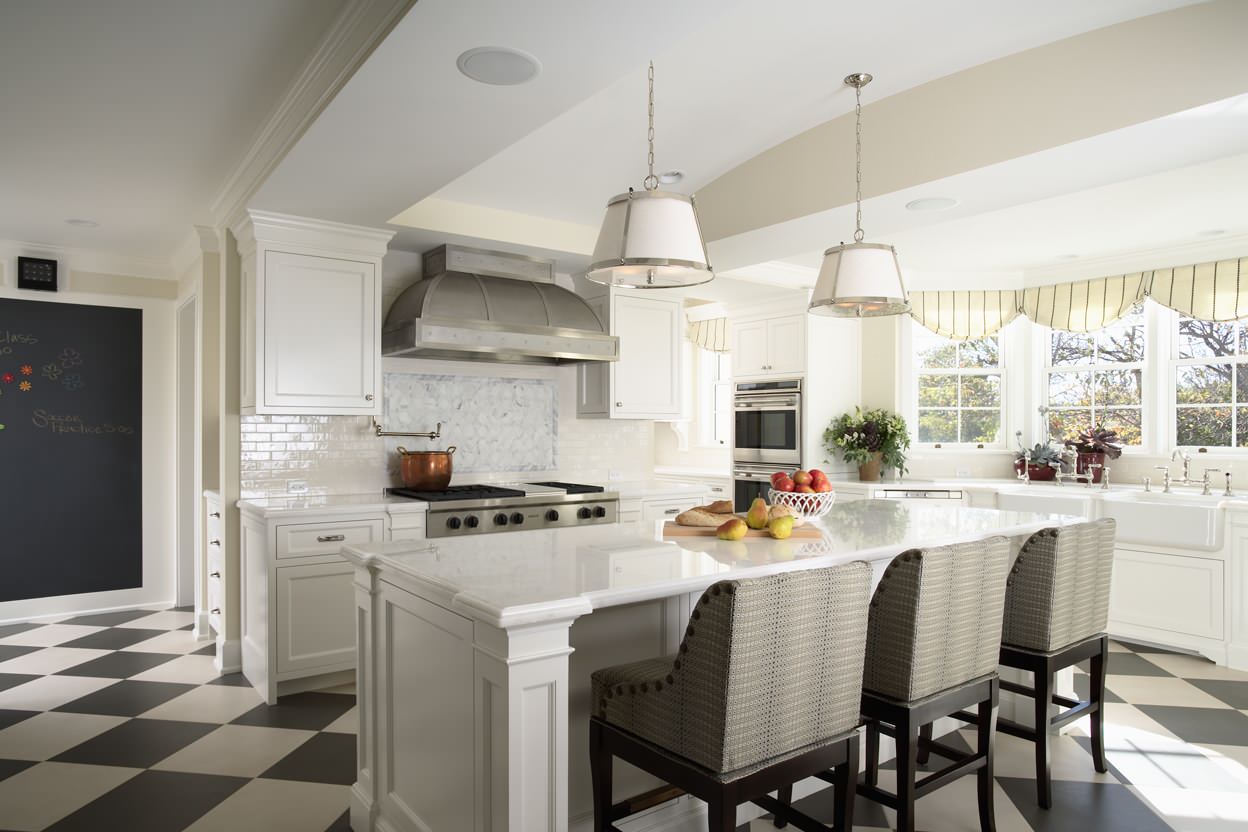A Comprehensive Guide to Choosing the Right Kitchen Island Leg
Wiki Article
The Importance of a Sturdy Kitchen Area Island Leg in Developing a Useful Cooking Area
A tough kitchen island leg serves as a basic part in establishing a practical food preparation environment, supplying necessary assistance for both the countertop and various kitchen area activities. The security it provides can substantially decrease the threat of accidents in high-traffic locations, while also adding to the overall visual comprehensibility of the area. As cooking areas evolve right into multifunctional areas for food preparation, eating, and interacting socially, the selection of materials and style factors to consider for island legs becomes progressively essential. Understanding these elements can transform your kitchen area right into a much safer and extra efficient area, triggering additional exploration into the finest choices readily available.Benefits of Sturdy Island Legs
Offering necessary assistance, tough kitchen area island legs play a pivotal function in boosting the performance and sturdiness of kitchen area islands - kitchen island leg. These legs not only birth the weight of the kitchen counter and any kind of added products put on the island, however also add to the overall security of the structure. A well-supported cooking area island makes sure that it stays practical and upright, even under hefty use, which is particularly vital in active kitchen settingsAdditionally, sturdy island legs can improve the aesthetic allure of the cooking area. They give a strong structure that can match various style styles, from modern to traditional. This adaptability permits house owners to tailor their kitchen islands according to individual preference while guaranteeing that the structural integrity stays uncompromised.
In addition to their encouraging function, durable cooking area island legs can also improve security. A stable island decreases the danger of crashes caused by tottering or tipping, which is specifically important in homes with kids or elderly individuals. In addition, strong legs can promote a smooth circulation of activities, enabling efficient meal preparation and social interactions within the kitchen area space. Ultimately, investing in tough kitchen area island legs is essential for a practical and visually pleasing cooking location.
Materials for Kitchen Island Legs
When selecting materials for kitchen island legs, longevity and aesthetic allure are important variables to think about,. The most usual materials consist of wood, metal, and engineered wood, each offering distinct benefits.Hardwood, such as maple, cherry, or oak, is a classic choice due to its toughness and ageless appeal (kitchen island leg). It can hold up against substantial weight and is immune to use, making it suitable for high-use kitchen area atmospheres. Furthermore, wood can be tarnished or painted to enhance different cooking area styles
Steel legs, usually crafted from stainless-steel or wrought iron, supply a commercial and modern-day look. They are unbelievably solid and can support considerable lots while being immune to wetness and heat, which is beneficial in a cooking location. Steel legs can likewise be conveniently cleansed, improving their practicality.

Layout Factors To Consider for Stability
The choice of materials for kitchen area island legs directly affects the style factors to consider for security. When developing a kitchen area island, it is vital to evaluate the weight-bearing capacity of the picked products. Much heavier products, such as strong timber or metal, usually give better stability, specifically under the stress of day-to-day usage.Additionally, the leg style should incorporate correct geometry to boost security. A broader base enhances the support area, decreasing the risk of tipping or tottering. Consideration must likewise be offered to the elevation of the legs; disproportionate leg lengths can cause discrepancy, jeopardizing the overall stability of the island.
Additionally, the distribution of weight across the island is essential. Making sure that the leg positioning straightens with the heaviest components, such as home appliances and kitchen counters, will certainly additionally boost security.
Maintenance Tips for Long Life

Depending on the product of the visit homepage legs-- whether timber, metal, or composite-- ideal cleaning approaches should be employed. Steel legs might call for a light gloss to avoid rust and preserve their gloss.
If the kitchen island experiences heavy use, consider enhancing the legs with extra brackets or supports to boost sturdiness. By adhering to these maintenance suggestions, house owners can ensure their cooking area island legs continue to be robust and functional for years to come.
Selecting the Right Leg Style
Regular maintenance makes certain that kitchen island legs stay tough and functional, however choosing the best leg style is equally important for both aesthetics and assistance. The choice of leg style can considerably influence the general layout and consistency of your kitchen area.
Performance is another crucial aspect. Thicker legs or those with a tough base can sustain much heavier countertops and tools, boosting the island's energy. Conversely, slender legs might develop an airy look, suitable for lighter layouts yet top article possibly much less supportive.
Conclusion
In recap, the significance of tough kitchen area island legs can not be overemphasized in the development of a functional cooking area. These legs offer important assistance, enhance security, and contribute to the total aesthetic of the cooking area.A strong kitchen island leg offers as a fundamental part in establishing a functional cooking environment, providing essential assistance for both the counter top and different cooking area tasks.Supplying essential assistance, tough kitchen area island legs play a pivotal function in enhancing the capability and sturdiness of kitchen area islands. Inevitably, spending in durable kitchen area island legs is important for a functional and aesthetically pleasing cooking location.
Consideration should also be provided to the elevation of the legs; disproportionate leg sizes can lead to discrepancy, compromising the overall security of the island.
Wood legs offer heat and a timeless appearance, while steel legs offer a commercial and contemporary feel.
Report this wiki page